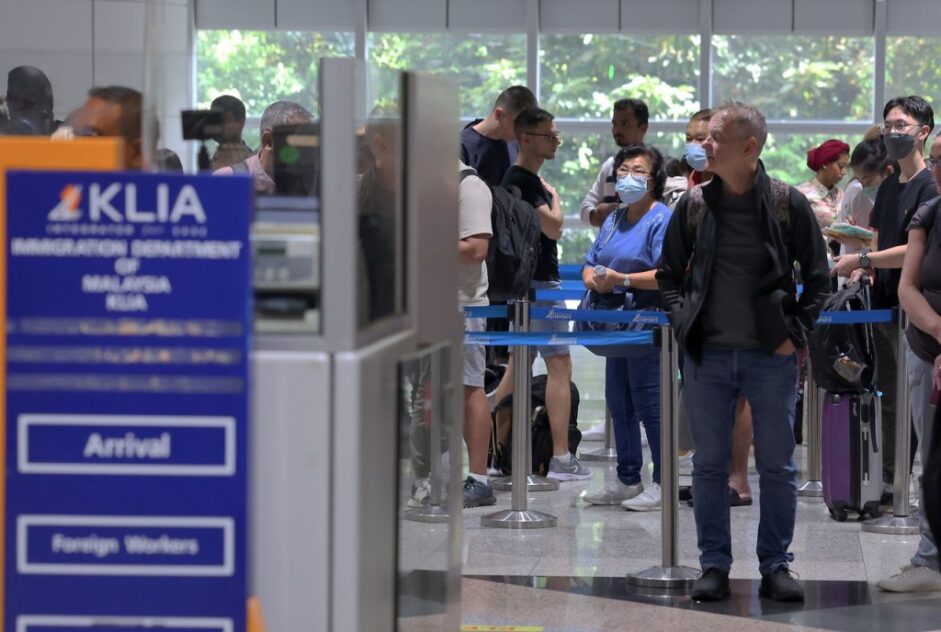By Koh Kean Kang and Datuk Chang Kim Loong
DO you know that there is a time limit for you to take legal action if your contractual right or interest is infringed? The truth is that generally you have six years to commence a legal action to enforce your rights under contract or seek compensation if you suffer from any physical or financial injury. This is the result of Sec.6(1)(a) of the Limitation Act 1953.
The imposition of time limit to file a legal action is not without any reasons. The purpose of time limitation is to prevent injustice to defendants as they might have lost the evidence to disprove a stale claim as time progresses. In addition, there is an expectation that persons with goods causes of action should pursue them with reasonable diligence.
Discovery of defect after six years
This limitation of time could create harsh results at times. There are many instances where persons who had suffered damage are not able to commence legal action to enforce their rights as the damage only manifests itself or come into the knowledge of the person after more than six years. By then, it becomes too late for them to take any legal action as they are barred by the Limitation Act from pursuing their legitimate claim.
This commonly happens in construction or property defect cases because most of the property owners are lay persons who have limited technical knowledge and inadequate equipment to uncover or identify defects in the building.
Most of the time, they are only aware of the defect after the sign of such defect manifest itself and become apparent through casual inspection. This kind of defect is commonly known as “latent defect” as opposed to “patent defect” which refers to defect which is easily discoverable.
Unpleasantly, these “latent defects” always rears its ugly head after expiry of the “defects liability period (DLP)” of 24 months as stipulated in the standard Sale & Purchase Agreement (SPA) under the Housing Development (Control & Licencing) Act and its regulations.
This less than satisfactory situation can be seen in the House of Lord’s 1983 decision of Pirelli General Cable Works Ltd v. Oscar Faber & Partners (A Firm). In Pirelli, damage was done to a factory arose out of the use of a material in constructing a factory chimney that was unsuitable for the purpose.
The chimney had been built in 1969 but the faulty condition of the chimney could not have been discovered with reasonable diligence until 1972 and was not in fact discovered until 1977. A legal action was filed only in 1978. The question was whether the six years period ran from the date the faulty chimney was built or from the date when the fault could have been or was discovered.
The House of Lord held that the date of accrual of a cause of action in tort for damage caused by the negligent design or construction of a building was the date when the damage came into existence, and not the date when the damage was discovered or should with reasonable diligence have been discovered. As the cracks occurred in the chimney not later than April 1970 and since that date was more than six years before the commencement of the claim, the claim was barred by limitation.
This decision is persuasive to Malaysian courts because Section 2 of the UK Limitation Act 1939 is similar to section 6(1) of Malaysia Limitation Act. In order to mitigate the harshness occasioned in Pirelli, UK Latent Damage Act 1986 was enacted to amend the laws in UK. Soon thereafter, Singapore, Hong Kong and Canada followed suit by amending their respective laws.
In Malaysia, the laws remained untouched for many years. In 2010, the Court of Appeal in AmBank (M) Bhd v. Abdul Aziz Hassan & Ors [2010] 3 MLJ 784 ruled that the notion of postponing or extending limitation to include the element of discovery is not provided for in the Limitation Act or in any other Malaysian law thus affirming the position in Pirelli.
Limitation Act: New Section 6A was introduced
In 2018, the Malaysian Parliament finally passed the Limitation (Amendment) Act, 2018 (‘Amendment Act’) to address this issue. The amendment to Malaysia Limitation Act was long overdue. It was gazetted on May 4, 2018, and has been in force since Sept 1, 2019.
The Amendment Act introduced a new Section 6A which provides that an action claiming for damages for negligence (not involving personal injuries) may be brought within three years from the earliest date on which the plaintiff first had knowledge required for bringing an action and a right to bring such action.
Essentially, this means that a property owner is allowed to bring an action for defect of the property against a developer within three years from the earliest date of discovering defect, notwithstanding that six years has passed since the defect has took place.
However, there is catch to this where Section 6A (3) provides that no action can be commenced 15 years after the date on which the cause of action accrued. According to the explanation of the then Deputy Minister during the tabling of the amendment Bill in Parliament; this was to protect engineers and architects.
The newly inserted provision also set out some illustrations to enable the public to understand the operation of the provision. In particular, two illustrations aptly describe the operation of the provision as follows:-
Illustration to Section 6A(2)
‘C bought a house from D in 2000. In 2005, C discovered a crack which damaged the walls badly. A building report made by a consultant revealed that the cracks had occurred in 2002, two years after C moved into the house. C has three years from 2005 to file an action in Court against D for damages.’
Illustration to Section 6A(3)
‘C bought a house from D in 2000. In 2017, C discovered a crack which damaged the walls badly. A building report made by a consultant revealed that the cracks had occurred in 2001, one year after C moved into the house. C cannot commence an action because he has already exceeded the fifteen-year limitation period.’
Do not sleep on your legal right
It is foreseeable that the dispute over the application of section 6A(2) will mostly centre around the question when did the plaintiff first acquire knowledge required for bringing an action. For clarity, Section 6A(4)(b) requires a plaintiff to be reasonable observant in discovering defect either through his own observation or with the help of appropriate expert advice which is reasonable for him to seek. As such, this newly introduced provision does not protect property owners who are oblivious.
Conclusion
The Amendment Act is certainly a positive move at the right direction. It balances the right of a property owner and at the same time capped a time limit of 15 years to the claim. It further requires property owners to take reasonable action to discover latent defects before it become time-barred from commencing any legal action for damages. Property owners should take note that the new provisions will apply regardless of the DLP stated in their SPA.
We sincerely hope, this new provision will motivate construction players to deliver properties with better built quality and hopefully will elevate the overall standard of the industry.
NB: This article is intended to offer an insight of the new Sec 6A in Limitation (Amendment) Act, 2018 vis-à-vis latent defect claims and is not intended to be nor should it be relied upon as a substitute for legal or any other professional advice. – April 25, 2021
This article is jointly written by Koh Kean Kang, Esq one of the National House Buyers Association (HBA) volunteer lawyer and Datuk Chang Kim Loong, the honorary secretary general of the non- governmental organisation (NGO).
The views expressed are solely of the author and do not necessarily reflect those of Focus Malaysia.










